Split in half by Lake Tai, WuXi borders ChangZhou to the west and SuZhou to the east. The YangTze (YangZi or Chang Jiang) River lies between the northern half of WuXi and TaiZhou, while the southern half of the city borders the province of ZheJiang.
[640],shadow=true,start=,stop=
 WuXi 无锡, JiangSu province
WuXi 无锡, JiangSu province
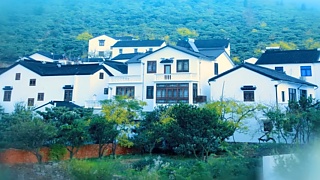

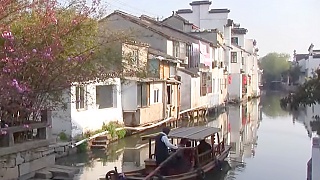
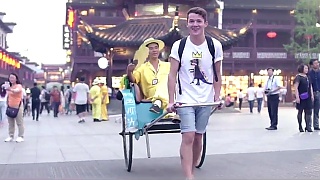

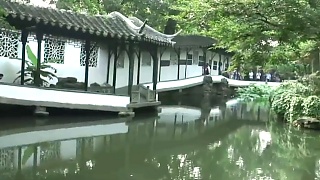

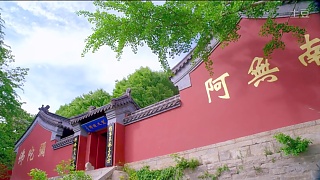
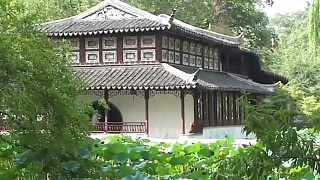

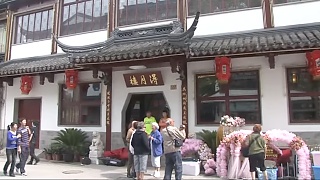






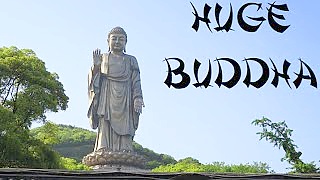






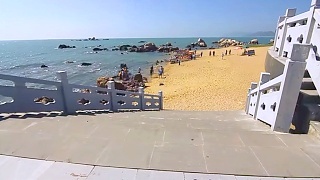

![How to pronounce the four tones and speak PinYin correctly. With Qing Xia ... [videogallery type=playlist id=PLn996NprGoEI-rbWdpRlX-yuZoQ5ERZl2 columns=2] Learn to speak Chinese from zero](https://www.beijingbuzzz.com/b101.jpg)